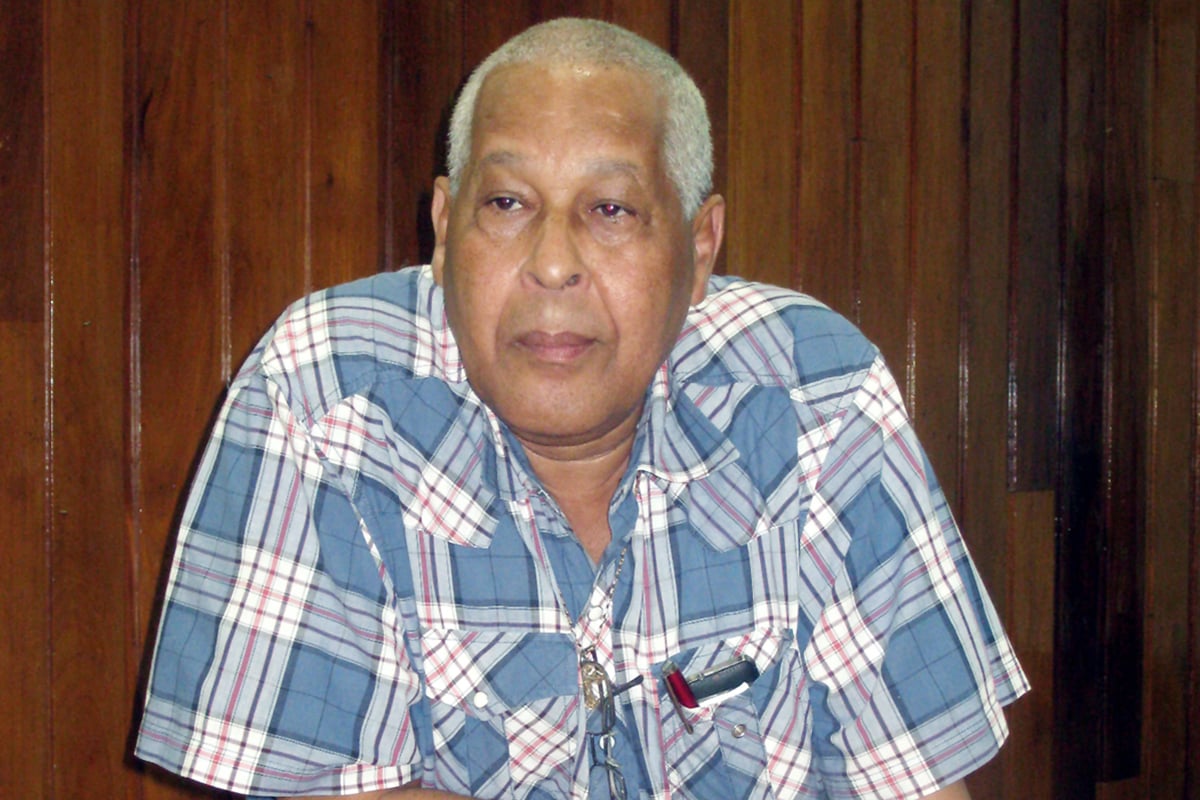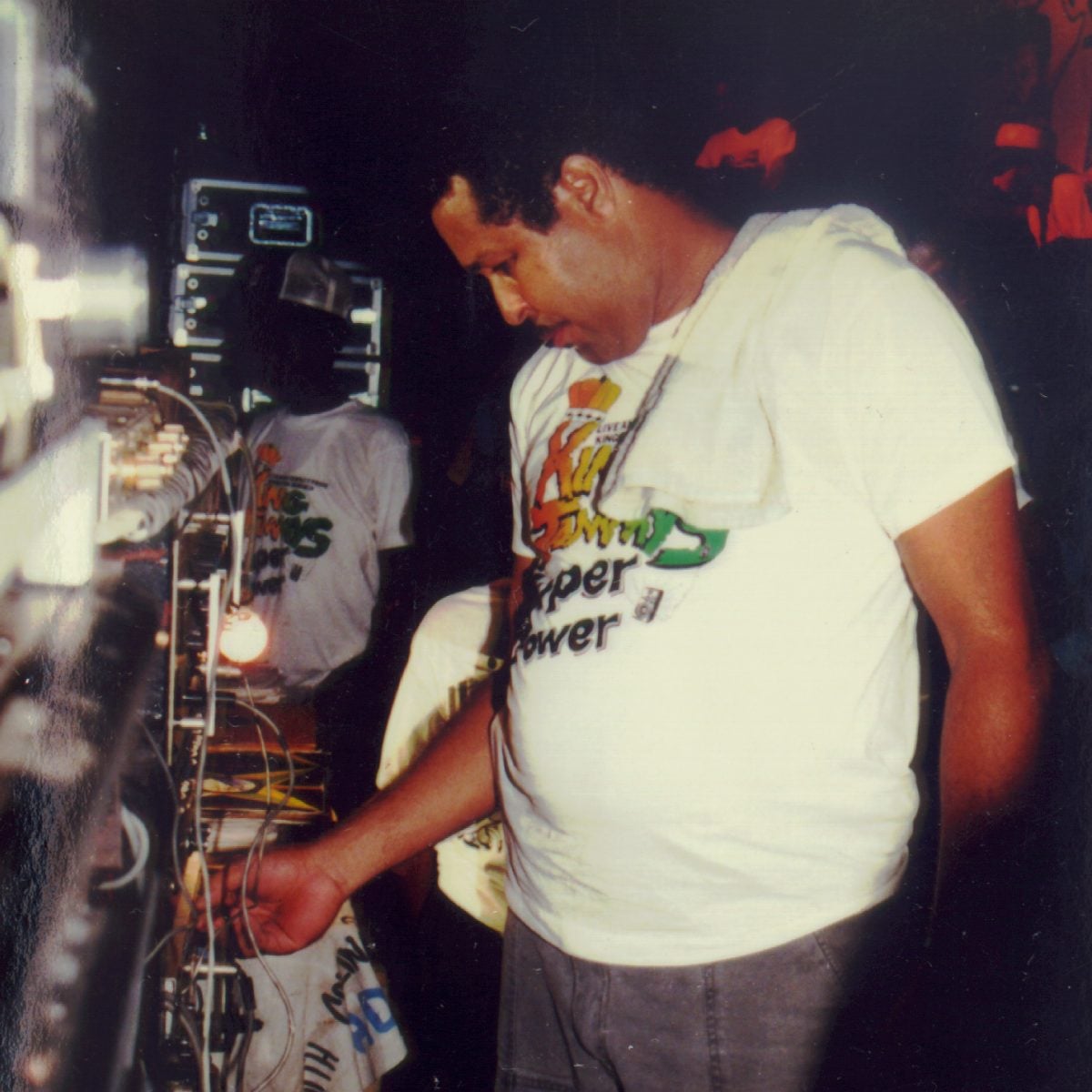‘Stay Tuned’: King Jammy Says His Music Museum Is Coming

Legendary Dancehall producer and talent scout King Jammy says his highly-anticipated museum, which will showcase his ‘musical life and times,’ is still on stream and will contain all of his equipment dating back to the 1960s when he made his foray into music production.
“Of course I am building a museum. Becaw mi have all a mi old equipment dem from day one come right up. I neva throw weh nuttn,” he said gleefully during an interview on Radio Jamaica’s Two Live Crew programme on Thursday.
“The building not complete as yet. Most of the things that we gonna do, we gonna put in the museum, because all mi trophies – mi have ove a hundred and odd plaques and honours an all dem kinda ting deh. Mi have a whole heap a tings…,” the Sleng Teng producer told hosts Christopher “Johnny” Daley and Dahlia Harris.
King Jammy had shed light on his museum publicly for the first time in June 2019. At the time, he told The Gleaner newspaper that the intention was to have the museum, which will be located in Waterhouse, completed by the end of the year.
“It has been in construction for about three years now and will soon be completed. It’s gonna be a big museum on the second floor of the building. We’re dedicating the whole second floor to the museum, and it’s gonna have all of my accolades there as well as all of the instruments that we used in the past like my first mixing board, the ‘sleng teng’ machine, my first tape recorder, a lot of trophies, and all dem ting deh,” he had told the publication back then.
The Gleaner had also noted that the King Jammy’s Waterhouse premises is home to the producer’s first studio, which is situated on the ground floor, where he recorded songs for Reggae icons such as Dennis Brown, while the second floor houses his second, more contemporary studio, adjacent to the area earmarked for the museum’s development.
Set to be open to the public, the new attraction is expected to feature a small theatre that will screen films and documentaries that delve into King Jammy’s profound connection with music and his most celebrated productions.
The producer had also said that the museum would generate employment opportunities for the Waterhouse community. Additionally, he said that music lovers from Germany, The Netherlands and other parts of the globe had been flocking to the location, and had expressed keen interest in witnessing the building’s transformation, despite its ongoing construction.
King Jammy, whose given name is Lloyd James, is regarded as the undisputed king of computerized, digital Reggae/Dancehall music.
He has the distinction of being the producer who masterminded juggling riddims back in 1981, this after he collaborated with Wayne Smith, and his friend Noel Davy to transfigure the preset rhythm pattern programmed into the Casiotone keyboard, released in 1981, and used it as the backbone for Smith’s revolutionary song Under Mi Sleng Teng.
It was a pioneering riddim for Dancehall’s digital age, as it was among the first entirely digitally produced riddims, for which no musicians were used to play instruments live in the studio.
King Jammy, who is originally from Montego Bay, became involved in the sound system business from a very early age. He started out building amplifiers and repairing electrical equipment from his mother’s house in Waterhouse, and later built his own sound system.
After migrating to Canada during the 1970s, King Jammy returned to Kingston and established his studio in Waterhouse. During this period, he collaborated with the acclaimed producer King Tubby’s team and, in the late 1970s, began releasing his own productions, including the debut Black Uhuru album.
Among his protégés were Lieutenant Stitchie whose illustrious Dancehall career, he kickstarted back in the 1980s. King Jammy had recorded Stitchie’s first album Wear Yuh Size in 1987, (which was also named Great Ambition by Jammy, for the overseas market). He was also responsible for recording Stitchie’s iconic track, the hit Wear Yuh Size, about a love interest who forced her feet into a tiny pair of shoes and ended up being a public laughing stock in the middle of Cross Roads.
Over the years, Jammy went on to produce tracks for numerous emerging Reggae and Dancehall artists, including Junior Reid, Half Pint, Echo Minott, and later Bounty Killer in the early 1990s.
Jammys studios has produced thousands of songs over the decades and approximately 100 riddims, including scores of seminal ones such as I Love King Selassie (1977), Water Pumping (1983), the legendary Duck Dance (1985), Chase Vampire (1986) and Punany (1986). He also produced Agony, The Head to Toe, I Know the Score, Kuff and Sara in 1987.

